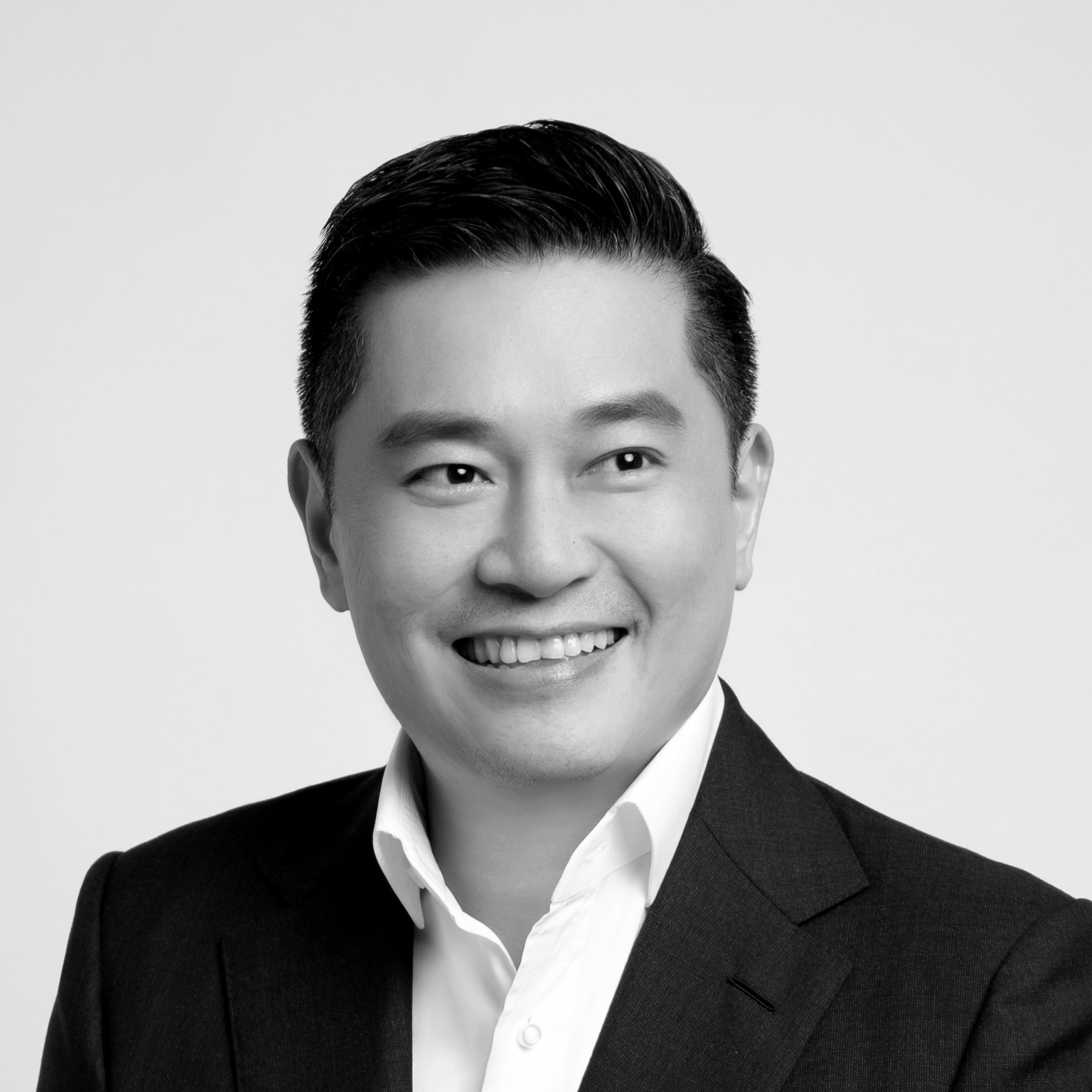Leo Chen, Calastone’s head of Asia, explores the key competitive challenges for the region’s asset managers, as discussed with fellow panellists at recent webinar in light of survey findings.
Asia’s asset managers face a growing threat of disruption from tech-savvy new entrants, forcing them to invest to remain competitive in an increasingly digital marketplace. This is the key conclusion drawn from our latest research in collaboration with Funds Global Asia, ‘Digital Engagement and Fund Distribution in Asia’.
As competition to grow assets intensifies, many of the region’s asset managers are already grasping the new opportunities to engage with investors offered by recent technology-led innovations. But our survey results suggest the need to raise their game as competitive pressures mount.
Asset management professionals surveyed in the research expect the pace of change to accelerate in Asia over the next 12 months, with technology being the key driver.
Digital disruption
The landscape is changing in three main ways. First, it is going to get more crowded and more diverse, with e-commerce giants expected to take a growing interest. The firms that have revolutionised many consumer-facing sectors are readying themselves for further expansion – into funds and investments. Almost six in ten of our survey respondents believe tech companies are the most likely disruptors to Asia’s investment sector.
That move has already begun, with Chinese social media platforms offering an expanding array of financial services to consumers, notably money market funds, supported by soaring levels of mobile phone ownership. This trend was confirmed earlier this year, when Singapore-based ride-hailing app operator Grab acquired robo-advisory Bento; rebranded as GrabInvest, the firm has joined the Calastone network to deliver its micro-investing solution. Incumbents in all Asian markets are now looking over their shoulders.
In our survey, 42% of respondents predicted more digital engagement globally and almost a third expect more digital channels to open up in Asia. Incumbents may respond by investing in channels and platforms to support direct distribution, either singly or in collaboration.
In terms of future partnerships, the growing interest of non-traditional providers in the funds space is viewed both as an opportunity and a risk. Whilst technology firms and online retailers are seen as potential useful partners to asset managers by 48% and 41% of respondents respectively, these were also regarded as by far the most likely to disrupt asset managers’ business models.
Although technology firms have strong attributes as distribution partners, Caroline Higgins, head of global fund services for Asia at Northern Trust, believes they will need to build up other capabilities to advance further into the asset management sector. “Technology firms have speed and the agility, but it takes time and experience to develop the governance and compliance frameworks and credibility on the international stage,” she commented at our recent webinar, titled ‘Why could new technologies change the industry sooner than we think’.
Big changes are already anticipated in distribution alliances: banks are currently considered the most important distribution channel for asset managers by 63% of survey respondents, but less than half expect banks to be as important in five years’ time, with fund platforms and direct-to-consumer channels the biggest beneficiaries of tech-fuelled innovation.
“Through APIs, self-service models offer the opportunity for end-users to self-navigate their investments. I see this interrupting the traditional intermediaries for retail flow,” added Higgins, predicting that the influence of a new generation could soon bring an inflection point.
Incumbents expand horizons
But bigtechs are far from the only source of disruption. The second big shift reflected in our survey is increased competition from players already operating within the investments supply chain. This manifests itself in fund manufacturers extending their wealth management coverage and distribution, as well as banks and wealth managers enhancing their manufacturing capabilities and widening their range of solutions. For example, a number of Hong Kong’s virtual banks now looking to move into the funds space, adding a robo-advisory component to their platforms.
Six in ten of our survey respondents predicted that asset managers will in future expand their wealth management arms and focus their efforts more on direct-to-consumer channels, whilst four in five agreed that robo-advisory will grow as the funds industry seeks new mechanisms for delivering investment advice. These trends will put incumbents under more pressure to rethink their distribution strategies and their roles on the investment funds supply chain more broadly, with implications for future alliances and investments.
As I observed to fellow panellists during the webinar, “In Asia, we’re already seeing changes in the distribution space, with new virtual bank licences being granted in Taiwan and Hong Kong, and existing firms moving into wealth management and robo-advisory services. “With a lot of under-banked people in certain countries, some firms might seek to consolidate small investments from a lot of customers, while others might be looking closely at the 70 million residents of the Greater Bay Area.”
DLT leads tech revolution
So how should asset managers go about building platforms for future growth when the winds of change are buffeting Asia’s key markets? The third key takeaway from our survey is the ever-growing importance of technology in general and distributed ledger technology (DLT) in particular. It is increasingly understood that DLT can play a central role as asset managers look to differentiate by providing more tailored and convenient services.
Survey respondents said DLT would have the biggest impact on the funds industry, followed big data and artificial intelligence, reflecting the critical importance of handling large volumes at high velocity, from portfolio construction and trade execution to distribution and reporting.
Continued belief in the potential of DLT as the technology matures may in part be driven by the strong flow of DLT-based initiatives in Asia, such as China’s Blockchain Service Network, which has gained momentum and participation since launching in April. In our survey, 61% of respondents said DLT will deliver “greater efficiency in fund trading and settlement”, while just under half said the most significant benefit of DLT would come from replacing “an efficient chain of intermediaries” in the post-trade environment.
Improvements in collaboration, record-keeping security, transaction oversight and reconciliation were also cited. Survey participants expected these operational benefits to feed through to investors primarily in terms of lower transaction fees and fewer record-keeping errors.
“As an industry, we spend a lot of time matching off details to make sure our books are accurate. A lot of material operational benefits would accrue from doing this in a more real-time and centralised way, on a mature DLT based platform. It would help to improve margins on both the asset management and the custody side, and would in turn improve outcomes for clients,” said Jefferson Readmond, head of global investment operations, Asia Pacific, T Rowe Price, also speaking at our webinar.
We are of course experiencing high levels of turbulence. The Covid-19 pandemic might have given Asia’s asset management industry pause for thought. But in truth many of the changes highlighted over in the first half of 2020 were already well in train. As we look forward, there are uncertainties on the road ahead, but also some core principles for asset managers looking to innovate and invest in order to grow their Asian business.











